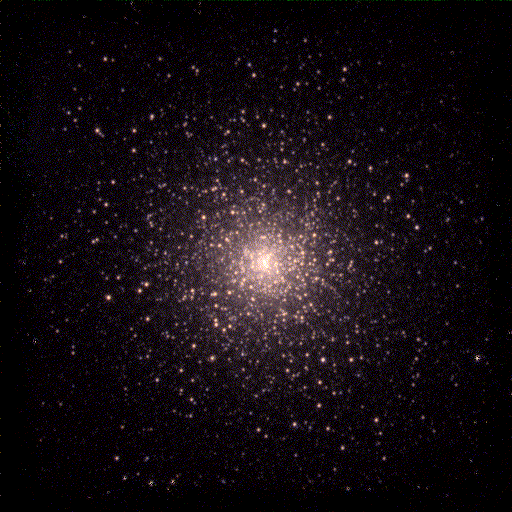 GEORGES LENTZ - composer / sound artist
GEORGES LENTZ - composer / sound artist
 GEORGES LENTZ - composer / sound artist
GEORGES LENTZ - composer / sound artist
|
Home Listen Biography Works Universal Edition Advice Caeli enarrant III Mysterium Nguurraa Alkere Monh Ingwe Jerusalem Anyente String Quartet(s) Cobar Sound Chapel Violin Concerto Interview with AI Reviews Texts Photos |
About 'Monh'
from 'Mysterium' ("Caeli enarrant..." VII) for solo viola, orchestra and electronics (2001-2005) In 2001, when I started thinking about a new piece for solo viola and orchestra, the task initially presented itself as a challenge - in fact my first reaction was that I did not want to write a concerto. Over the previous years, I had written a series of orchestral and chamber music works based on the Pythagorean idea of the Music of the Spheres, ('Mysterium'), works in which I attempted to create a very serene sound world which deliberately avoided any kind of pathos. I couldn’t imagine at first how to reconcile this rather objective way of composing with the romantic idea of the extrovert, heroic, virtuoso concerto soloist. It was only after I stopped viewing the soloist as a 'hero', but rather as a fragile individual within a huge entity that I felt free again to continue my own way of composing within this new context. Monh, the resulting work, is not a 'concerto' in the conventional sense. Rather, the solo viola acts as a guide through the music - it connects, completes, questions, comments, tries to make sense of the vastness that surrounds it. Dynamically speaking, much of Monh is rather soft. In one spot, however, about two thirds into the piece, the music grows into a brief but gigantic fortissimo that completely covers a ‘ghost-like’ trio of violas, which is visible on stage, but totally inaudible at first. While to me this passage is perhaps the most important moment of the whole work and has a very specific meaning, I prefer not to spell this out and to leave it up to each listener to interpret this symbolic gesture in their own way. Computer-manipulated harp sounds are heard towards the beginning as well as at the end of the piece. Perhaps because of my acquaintance with Mozart’s Concerto for Flute and Harp in early childhood, the sound of the harp has always had a ‘celestial’ quality for me (the cliché of the ‘angelic harp’ comes to mind…). My discovery of a painting by El Greco entitled ‘Angelic Concert’ (complete with harp-playing angel) at first only seemed to confirm this cliché. However, that same painting also showed me the way to a somewhat different interpretation. Threatening clouds hang over El Greco’s apocalyptic angel concert and cancel out any thoughts of paradise. Similarly, my ‘angel harp’ - with its dark, dense chords and microtonal inflections, impossible to play on a normal harp - gives the instrument a shadowy, almost demonic quality, begging the question: is an untroubled ‘Music of the Heavens’ still possible in our time? The first performance of Monh took place on July 7, 2005. The fact that the tragedy of the London bombings had occurred earlier that day gave the darker side of the work added poignancy, as a number of listeners pointed out - and, perhaps, gave an answer to the question above. The title Monh (a word meaning ‘stars’ in one of the Australian Aboriginal languages) points to another important influence on my music: the isolation of the vast Australian landscape with its radiant night skies, as well as Aboriginal art and its well known ‘dot’ technique. There seemed to be a clear analogy between dot painting and the starry night sky as experienced in the silence of the Outback.To my mind, my music is ultimately concerned with the problem of how to bear this silence, with the problem of our existential loneliness. The work is dedicated to the performers of the premiere, violist Tabea Zimmermann and conductor Steven Sloane.
G. L. 2005
* Watch an interview with Tabea Zimmermann about Monh (in German)
|